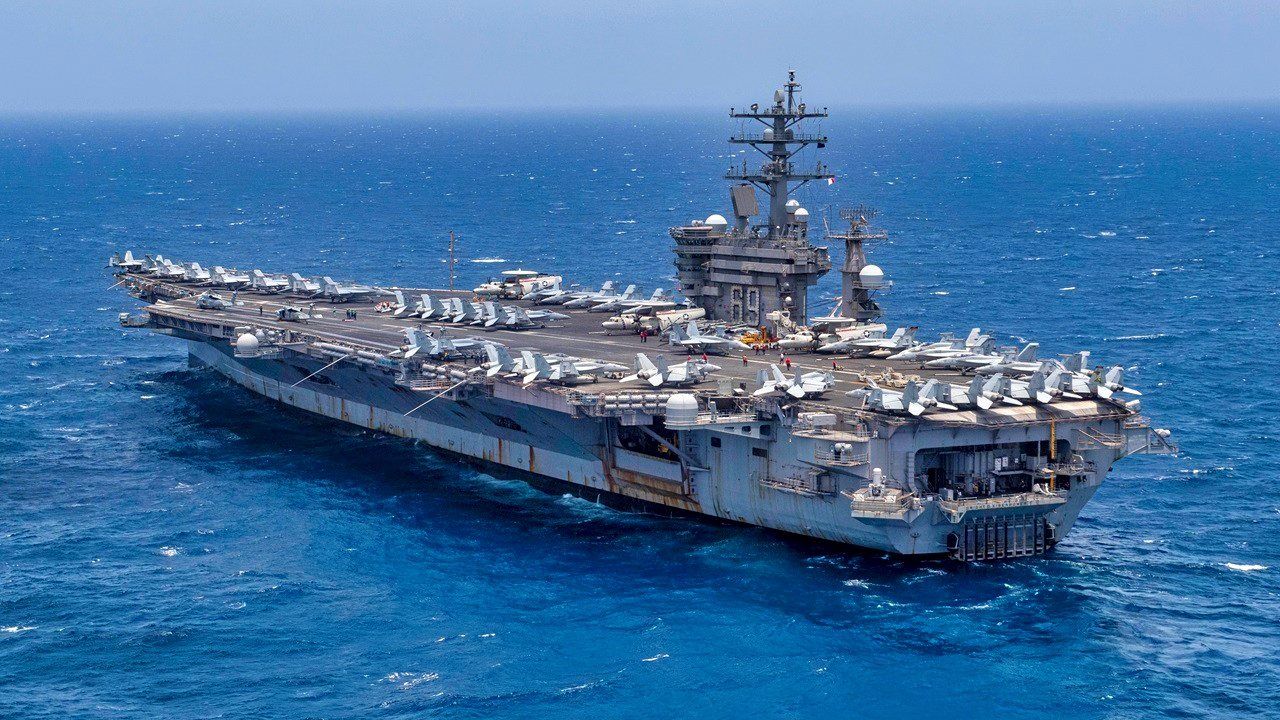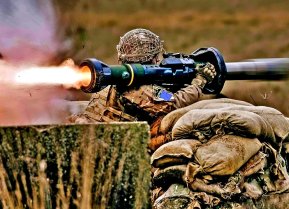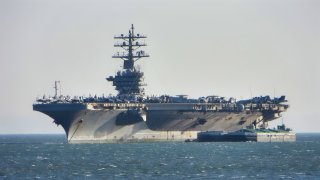Houthis Claim to Have Attacked U.S. Navy Aircraft Carrier
The Iranian-back Houthi rebels in Yemen claimed on Friday to have attacked the United States Navy's Nimitz-class nuclear-powered supercarrier USS Dwight D. Eisenhower (CVN-69), which recently returned to the Red Sea after a brief deployment to the Eastern Mediterranean.
The Iranian-back Houthi rebels in Yemen claimed on Friday to have attacked the United States Navy's Nimitz-class nuclear-powered supercarrier USS Dwight D. Eisenhower (CVN-69), which recently returned to the Red Sea after a brief deployment to the Eastern Mediterranean. The Houthis said their attack was in response to strikes carried out by aircraft launched from the carrier on targets in Yemen on Thursday.

Yahya Saree, the Houthi's military spokesman, said in a statement to the media that 16 people were killed and 41 others – including civilians – had been injured in the U.S. and UK-led strikes.
The UK Ministry of Defence had confirmed that two locations near Hudaydah had been targeted after it was determined the buildings were housing ground control facilities and the drones employed in the Houthi's anti-shipping attacks. The United States Central Command (CENTCOM) announced that U.S. and British forces successfully struck 13 targets in Houthi-controlled areas of Yemen on Thursday.
Houthis Lying About Attacking U.S. Navy Aircraft Carrier?
The U.S. Navy has not confirmed that the USS Dwight D. Eisenhower came under any attack. The aircraft carrier and units of her carrier strike group (IKECSG) departed their homeports of Norfolk, Virginia, and Mayport, Florida, on Oct. 13 & 14 for a scheduled deployment to the region, and since last fall conducted operations as part of the U.S. 5th Fleet in the Red Sea, Bab Al-Mandeb Strait, Gulf of Aden and Arabian Gulf including Operation Prosperity Guardian and self-defensive strikes into Iranian-backed Houthi-controlled areas of Yemen.
The U.S. Navy's USS Dwight D. Eisenhower (CVN-69) is the second oldest nuclear-powered aircraft carrier in service in the world today. She is currently scheduled to be replaced around 2029 when the new Gerald R. Ford-class supercarrier USS Enterprise (CVN-80) enters service.
This is far from its first combat deployment.
Over its lengthy service history, the USS Dwight D. Eisenhower has been deployed to a litany of combat operations. The ship’s first deployment was dubbed Operation Eagle Claw during the 1980 Iran hostage crisis. One of the carrier's most notable deployments took place during Iraq's invasion of Kuwait in 1990, and it was during that deployment that she became the second nuclear-powered carrier ever to transit the Suez Canal – making this recent deployment to the Red Sea all the more noteworthy.

The carrier strike group remains in the U.S. Naval Forces Central Command/U.S. 5th Fleet area of operations to support maritime security and stability in the Middle East region. CVN-69 has been deployed for more than 200 days as of the beginning of May, and will likely remain in the Red Sea a bit longer.
According to USNI News, the last three U.S. Navy flattops to be deployed from the East Coast since December 2021 have averaged 267 days deployed.
This is a developing story.
Author Experience and Expertise: Peter Suciu
Peter Suciu is a Michigan-based writer. He has contributed to more than four dozen magazines, newspapers, and websites with over 3,200 published pieces over a twenty-year career in journalism. He regularly writes about military hardware, firearms history, cybersecurity, politics, and international affairs. Peter is also a Contributing Writer for Forbes and Clearance Jobs. You can follow him on Twitter: @PeterSuciu. You can email the author: [email protected].
All images are Creative Commons.


